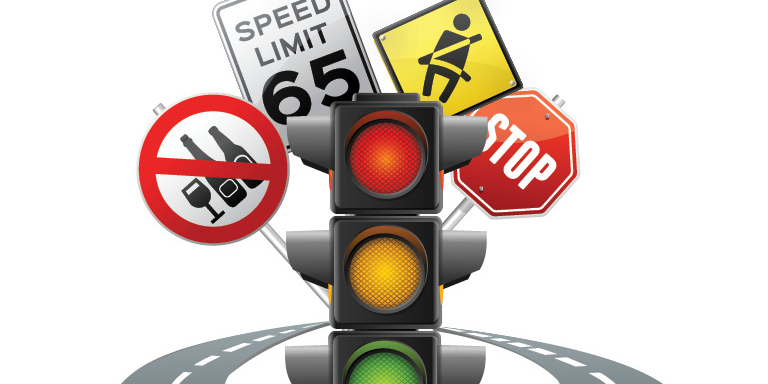Rough Roads
It’s all about the driver—and your influence
 During the pandemic, roadway deaths in parts of North America defied logic by increasing to exceed 2019 levels in the face of lower vehicle miles traveled, even though businesses closed, work shifted from office to home for many and people drove less. We learn more about the deadly issue in this issue of MOVE.
During the pandemic, roadway deaths in parts of North America defied logic by increasing to exceed 2019 levels in the face of lower vehicle miles traveled, even though businesses closed, work shifted from office to home for many and people drove less. We learn more about the deadly issue in this issue of MOVE.
Belts, booze, speed … the words are shorthand for three major factors that characterized many of the fatal and serious injury vehicle crashes during the pandemic. The words are a familiar refrain that traffic safety experts have highlighted over many years, describing persistent driver behaviors common across serious and fatal crashes. Education and training, peer and parental support, and technology all help us remind drivers to increase the use of seatbelts, eliminate drinking and driving, and use safe speeds when behind the wheel.
Other factors like roadway design and vehicle technology are also essential to solving the problem to reduce the risk of people suffering serious injury or death on our roadways. Canada’s Road Safety Strategy and the initiative of a national U.S. coalition known as Road to Zero offer comprehensive strategies for jurisdictions and nations to alter the deadly path innocent victims and careless operators find themselves on.
Among the key strategies that also impact unsafe driving is one within the frame of influence of the AAMVA community. It is the exchange of driver conviction and license withdrawal information among DMVs and timely, clear and accurate access to that data by DMV personnel, law enforcement, courts, prosecutors and employers. Driving-related conviction and license withdrawal histories are important indicators of the likelihood a driver will operate a vehicle unsafely. These stakeholders rely on the information to determine if that driver is eligible for a license, should keep or lose their privilege to drive, or be employed in work that requires driving.
Timely and accurate exchange of this data is a core function within the authority of DMVs. It is a mandated function for DMVs who license commercial drivers. For noncommercial driver records, at least 44 states agree to provide this exchange under the U.S. Drivers License Compact. All Canadian jurisdictions have made a similar commitment under the Canadian Driver License Agreement.
The challenge of paper exchange has hampered many U.S. jurisdictions from carrying out this function to their satisfaction. The MOVE article on driver history records accessed through the State to State (S2S) service describes how U.S. jurisdictions using S2S have committed to enabling this exchange electronically, mirroring what they do under the Commercial Driver License Information System (CDLIS) program. Readers will learn how the service works and the steps a jurisdiction can take to leverage the resource in the interest of roadway safety.
AAMVA’s members, be they DMV, law enforcement, IT, AAMVA staff or associate members, influence drivers and driver safety and work hard to continue to expand their ability to do so in a fair and thorough manner.
– Anne Ferro
AAMVA President and CEO




